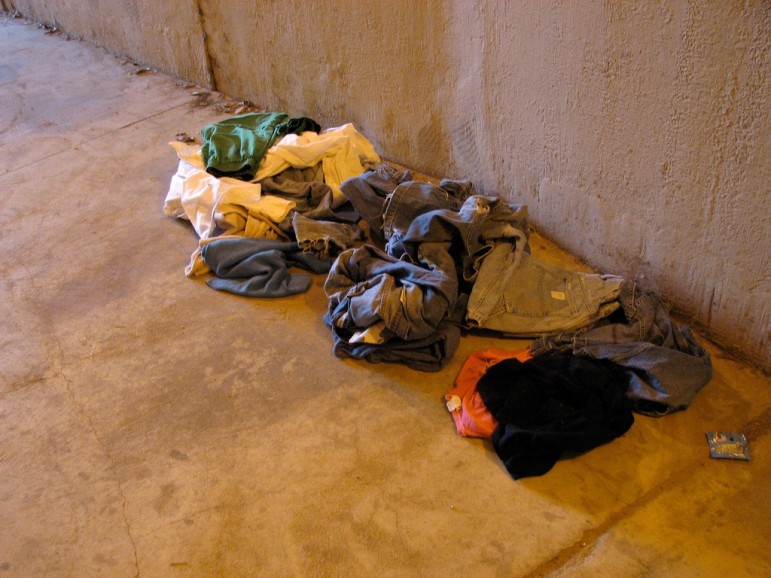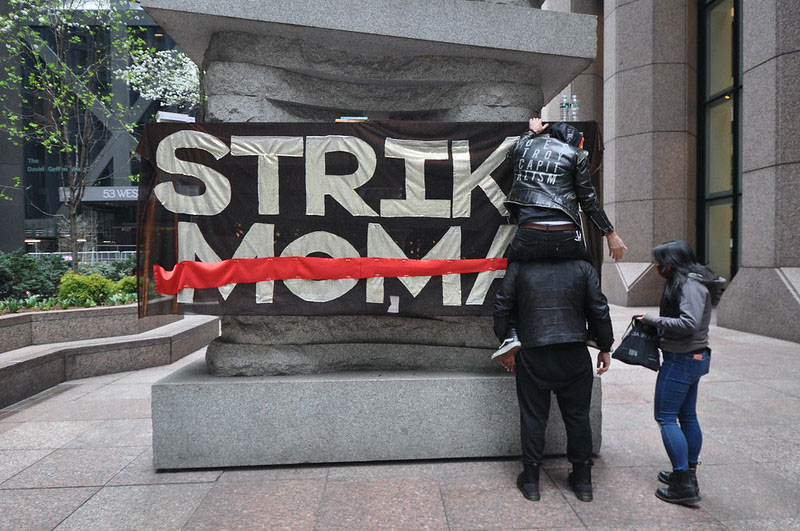
December 23, 2015; Arizona Republic
The specter of “bad data” in the homeless world again raises its head. NPQ covered this issue in “Measuring Homelessness: Counting the Homeless & Evaluating Programs” and “Data? It Depends! Counting Homeless People Depends Upon Your Definition.” Both stories concluded that understanding the entirety of the population of those who are homeless is both hard and absolutely necessary to assure good public decision-making.
This story from the Arizona Republic explains the situation facing providers and planners in Phoenix.
While [local officials] targeted resources for about 500 people—more than the average number seen at the emergency shelter each night—a new tracking system shows more than 4,000 individuals have stayed there since May. Agency leaders say the goals were unrealistic as they build a system that prioritizes engagement over enforcement, and that hundreds of people are in the pipeline to be housed.
Sign up for our free newsletters
Subscribe to NPQ's newsletters to have our top stories delivered directly to your inbox.
By signing up, you agree to our privacy policy and terms of use, and to receive messages from NPQ and our partners.
Turns out there’s a difference between bodies and people. It is hard to tell from the story exactly why the numbers are so bad. But here’s some guesses based on earlier NPQ stories.
HUD’s mandated point-in-time (PIT) count isn’t up to the task of providing valuable information. Critics say PIT counts numbers, but not people. Because individuals and households go in and out of homelessness more frequently than expected and have a wide variety of needs, a more complex real-time data system is required. According to the article, Phoenix has adopted a street outreach model that provides real-time data on homeless people: “In May, the Phoenix Police Department and other city agencies created an outreach team…of officers, caseworkers and service providers to better reach people living on the streets. Each camp—ranging from one person to dozens—is now logged by location and includes photos and information on the people staying there.” Phoenix police liaison officer Jeff Howell is quoted in the article as saying, “We need to find out their stories.”
Planners in Phoenix are now getting good data and using that data to design more effective programs. As the story notes: “The organizations are still learning what services that larger community needs, though, through assessments now administered to everyone who uses the shelter. The data will guide a long-term plan, said Bruce Liggett, director of the Maricopa County Human Services Department.” Integrating homeless interventions into an overall affordable housing strategy will be critical for longer-term success. Providers are using the new data to triage cases so that homeless people are getting appropriate interventions. Because “the homeless” encompass a wide variety of people, no single intervention makes sense. Fine-tuning interventions to specific needs saves money and promotes household independence.
The Phoenix homeless system of the past was built around the notion of an “emergency.” This fall, the cities of Los Angeles, Honolulu, Portland, and Seattle declared homeless “emergencies.” The clear lesson coming from the new approach in Phoenix, one that could easily have been learned decades ago, is that homelessness is not an emergency. Homelessness is a social problem that needs to be addressed thoughtfully and with “engagement.”—Spencer Wells












